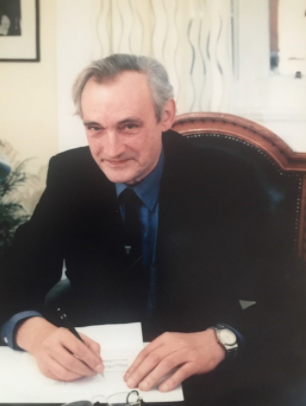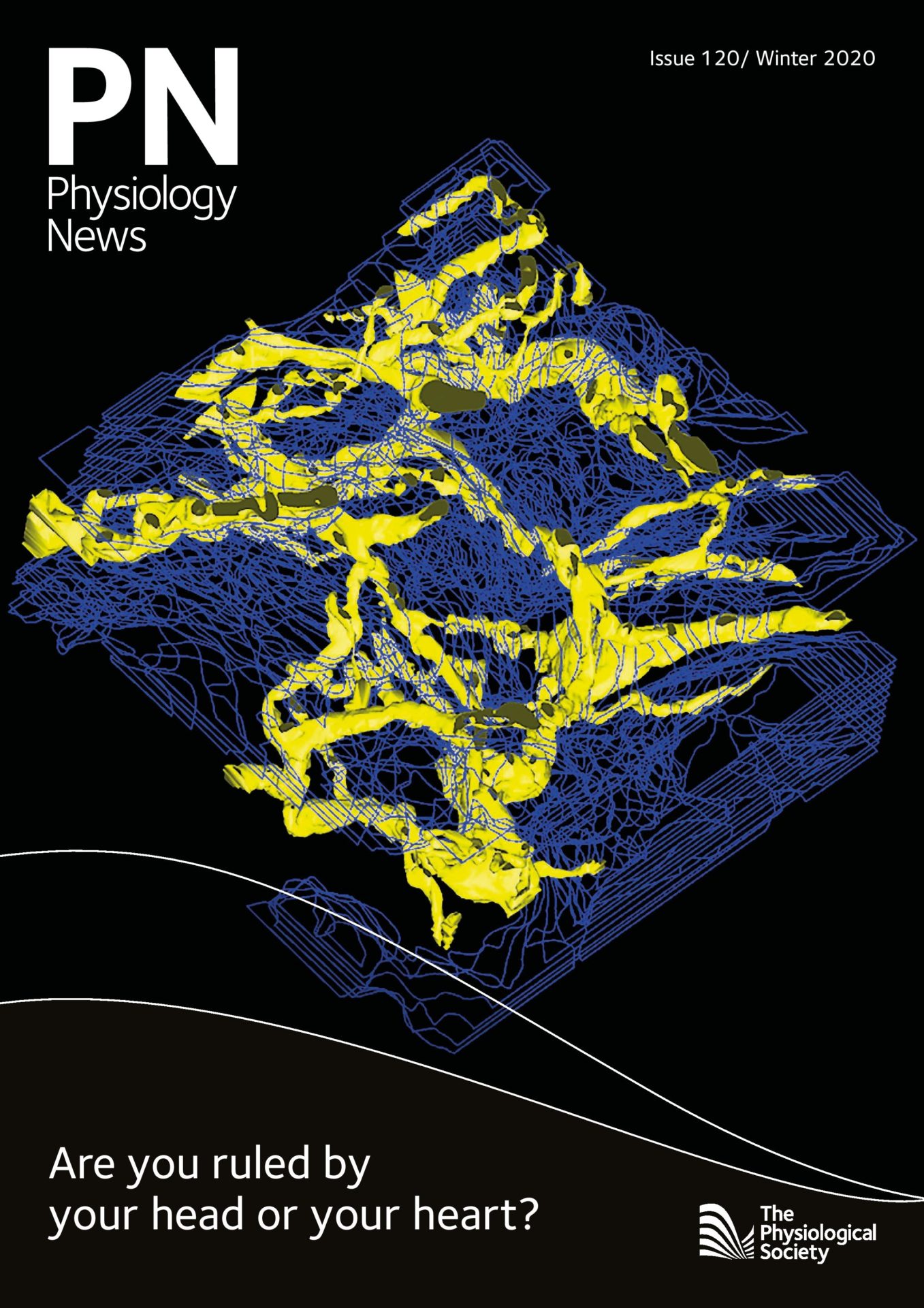
Physiology News Magazine
Obituary: Ronan O’Regan (1937 – 2020)
Membership
Obituary: Ronan O’Regan (1937 – 2020)
Membership
James Jones, University College Dublin, Ireland
https://doi.org/10.36866/pn.120.34

I first encountered Ronnie in 1983. He was a lecturer in physiology, and I was a second- year medical student. I recall he wore a white laboratory coat over his jacket as a protection against chalk dust and probably to facilitate nipping to and from theatre and the laboratory. Ronnie loved electrophysiology and was an experimental physiologist par excellence.
Although I had many great teachers at University College Dublin (UCD) Medical School it was obvious to me and many others that Ronnie was not just transmitting new knowledge but actively mining for it. I still remember one of his off-hand asides when he was describing the pulse waveform as it progressed down ever-narrowing vessels of the circulation. “There are a number of mathematical models that describe the effect of wave reflection and you could study them, but you would be wasting your time.”
Needless to say, this news was gratefully received by students, but Ronnie had also sown a seed of doubt on the relationship between mathematical models and reality. According to the late Professor Caoimhin Breathnach, a colleague of Ronnie’s, the last cognitive gain of the adolescent mind is a sense of profound doubt.
Near the end of that academic year of 1983, interested students were invited to visit the various laboratories of physiology to witness ongoing research in situ. Ronnie’s laboratory was dominated by an enormous walk-in Faraday cage built to minimise electrical interference. On the wall was a beautiful illustration of the extracranial circulation. In the centre, Ronnie had just completed a successful single nerve fibre recording and bristling action potentials were booming from an audio amplifier. Cardiovascular and respiratory signals were dancing across a paper recorder and to complete the scene Ronnie was sitting back enjoying a celebratory cigar.
I was astonished at the tiny femoral artery that he had cannulated, the perfect union of engineering, physics and biology brought to the service of physiology. It was at that moment I experienced the beauty of the action potential and realised that I was to become a truant of medicine.
And I was not alone in this truancy; Ronnie had also greatly influenced other medical students, Paul McLoughlin, in particular, who currently occupies the Chair of Physiology at UCD, and Philip Nolan who is the President of the University of Maynooth. In Ronnie’s retirement he and I met frequently, and he would always enquire about Paul and Philip. He was so delighted in their success. Of course, his greatest source of delight and pride was very evident whenever he updated me on his accomplished children, Ruth and Anthony. Other protégés of Ronnie include Aidan Bradford of the Royal College of Surgeons of Ireland and Ken O’Halloran, who holds the Chair of Physiology in University College Cork.
One of the highlights of completing a BSc in Physiology was the final year viva voce with the Professor of Physiology and external examiner. During one apocryphal episode an examiner was chosen who happened to enjoy cigars as much as Ronnie did. When the last student of the day was called to the professor’s office the smoke plumes were so thick that he had difficulty locating his seat. And, although he could hear his interrogators’ voices, he couldn’t see them through the smoky miasma.
Within the membership of The Physiological Society, the O’Regan name was a passport to instant camaraderie. In England the mere mention of my roots brought an instant smile and a stream of anecdotes regarding Ronnie.
His main research interest focused on the carotid body, a tiny organ that has a wet weight of only a few milligrams, but a mighty significance in oxygen sensing. The slender nerve fascicles he peeled were tens of microns in diameter and yet he managed to simultaneously measure blood flow and single axon activity from this wonder of nature. Only last month I reviewed a paper on the state of the art of carotid body research and his famous experiments from the 1970s are still cited. Until some novel imaging method is feasible, few relish the prospect of trying to revisit his technically demanding experiments. Later in his career he studied water receptors on the tongue of a frog and carbon dioxide receptors of the larynx with Philip Nolan. The latter experiments revealed a sophisticated and beautiful metering system of the breath.
Ronnie exhibited the admirable qualities of loyalty, humility and industry. He made manifest an impossible admixture of lone scientist and sociable companion. When he was younger, he engaged in heated, passionate, and constructive controversies about the carotid body, but when he was older, he laughed at how pointless that acrimony was. As the old adage goes, “knowledge passes, wisdom lingers.”
There will be no more rendezvous with Ronnie. But I am blessed to have been taught by him, to have worked with him and to have counted him as a friend. He is survived by his wife Deidre, and his children, Ruth and Anthony.
